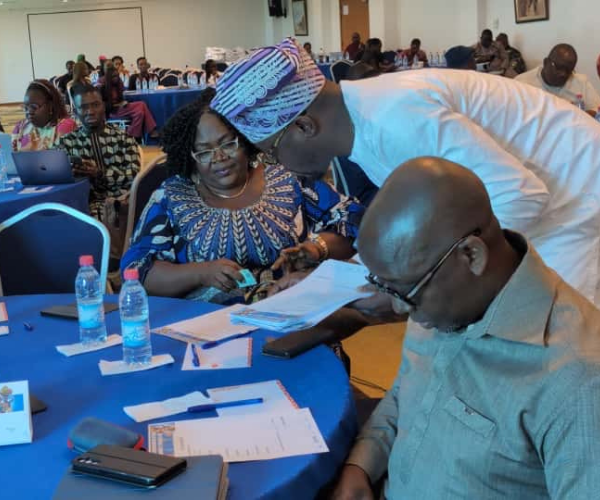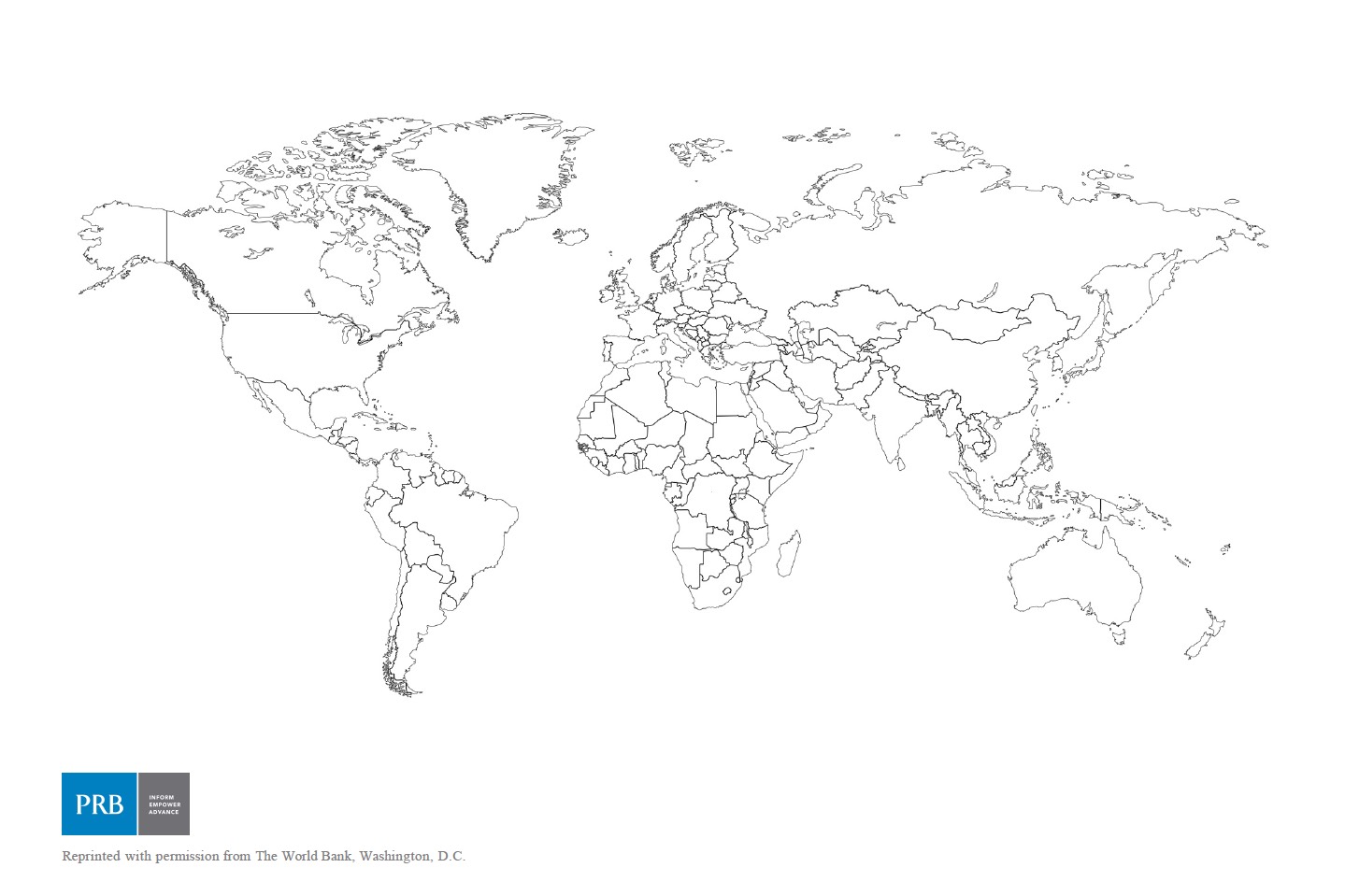The Dual Burden of Overweight and Underweight in Developing Countries
(2006) Undernutrition remains a devastating problem in many developing countries—affecting over 815 million people and causing more than one-half of all child deaths.1 But while governments in these countries continue efforts to reduce hunger, that focus neglects the growing rate of overweight and obesity in the developing world.2 Increasingly, health systems in poor countries are simultaneously confronting under- and overnutrition—not only at the national level, but also within households.






